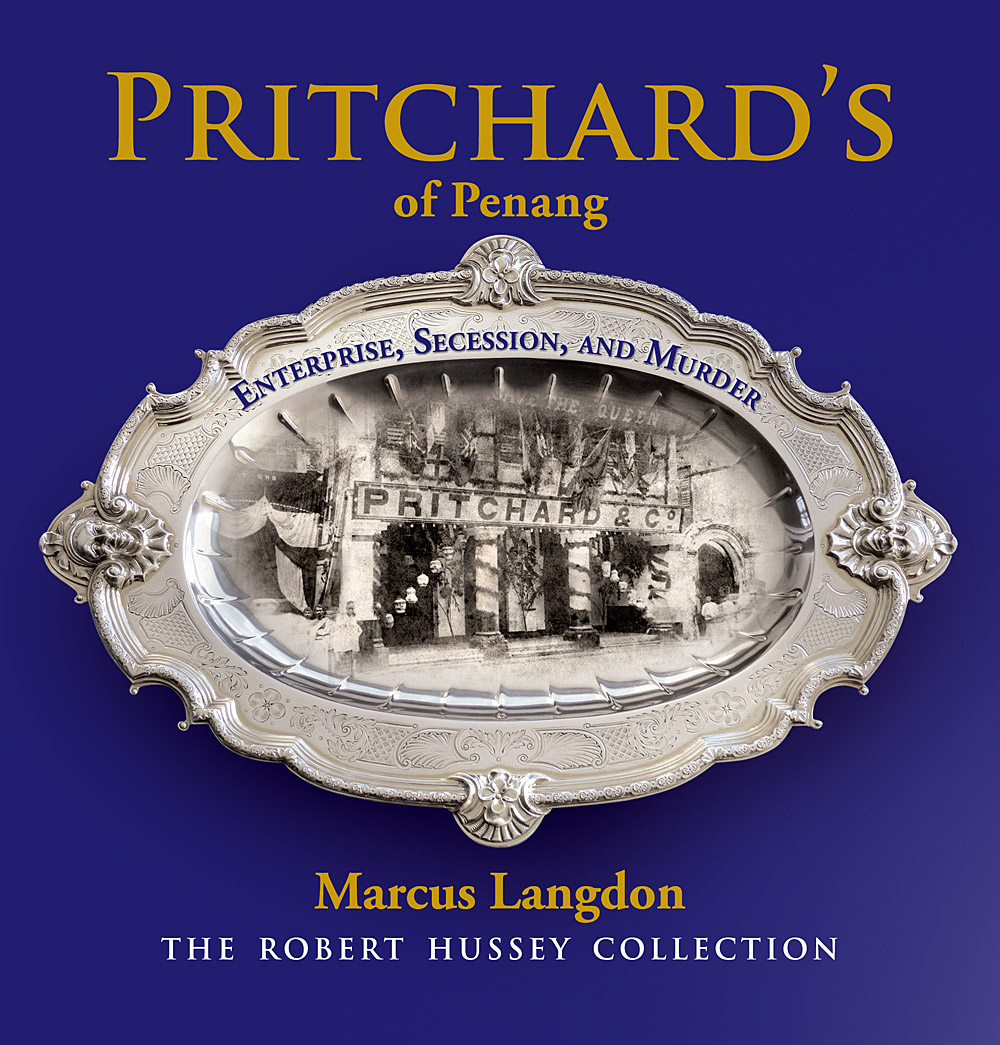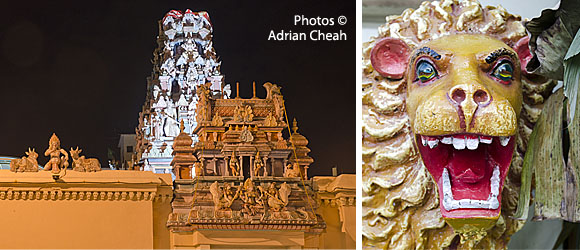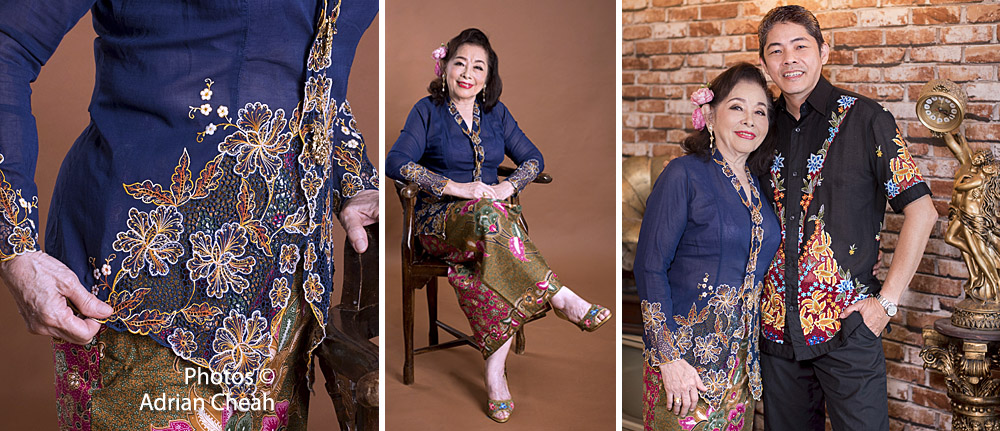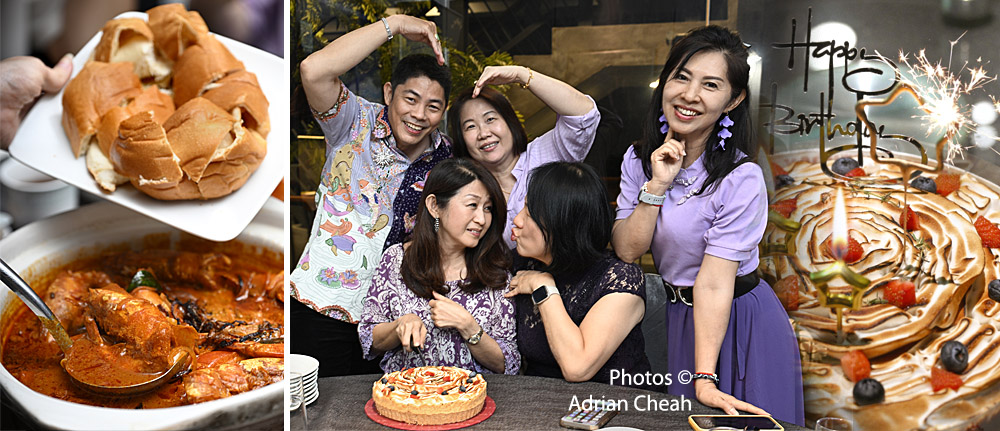Pritchard’s of Penang: Enterprise, Secession, and Murder
By Marcus Langdon, with photographs from the Robert Hussey Collection
Cover design and book layout by Adrian Cheah

Designing Pritchard’s of Penang
This year, I had the privilege of designing and laying out an extraordinary book, "Pritchard’s of Penang: Enterprise, Secession, and Murder". It will be launched at the George Town Literary Festival (GTLF). Scheduled for 28 November 2025, from 11:30 a.m. to 12:15 p.m., this long-awaited title by historian Marcus Langdon brings to life a fascinating chapter of Penang’s past.
Continue Reading
Auntie Gaik Lean Old School Eatery – Chinese Peranakan cuisine cooked with love

Born into a Chinese Peranakan family, I often find my culinary cravings leaning towards other cuisines – whether it is Chinese, Thai, Italian, Japanese, Vietnamese, Continental, Mexican, Indian or Malay – when dining out, unless I am hosting guests from abroad who crave for Nyonya cuisine. Sometimes when time allows, I will gladly roll up my sleeves and prepare a Nyonya feast to ensure that they depart Penang with a lasting impression of the vibrant and unique flavours that define Nyonya cuisine.
Continue Reading
Church of the Holy Name of Jesus – a historical church in a sleepy hollow

Introduction
Old churches are fascinating buildings. Aside from their obvious roles as houses for worship and community gathering, old churches are also well known for their sublime architecture and illustrious histories. The Western continent has some of the finest and world-renowned churches, the mind immediately recalling structures like the early Gothic-styled Notre Dame in Paris (1163), St. Peter's Basilica in the Vatican (349AD) and St. Patrick's Cathedral in New York City (19th century). Equally fascinating ones also include the Santa Maria Maggiore (430AD) and Santa Prassede (780AD) in Rome and the Saxon Brixworth and Escombe churches in England (around 670AD).
Continue Reading
Taipei 10: Reinterpreting the Flavours of Taiwan

Taiwanese street food has become a magnet for travellers everywhere, a delicious crossroad of comfort, colours and controlled chaos. Born in the glow of night markets and shaped by generations of hawkers, it now stands among the world’s most beloved street cuisines.
Continue Reading
"À Table!", a magnifique six-course French dinner at Morpheus

Come, join me as I take you through “À Table!”, a French dinner crafted by two of Penang’s brightest culinary talents, Chef Andy Lai of Morpheus and Chef Hooi Shing of Le Petit Four Pâtisserie. Held in celebration of Le Cordon Bleu’s 130th anniversary and in conjunction with the French Festival’s “Gastronomy Month", the evening hosted by Alliance Francaise Penang was anything but ordinary.
Continue Reading
Sri Mariamman, the temple of an ancient goddess

Penang has a large community of Indians, broadly divided into those from the North (Bengalis, Sindhis, Gujerati, etc.) and the South (Tamils). It is not surprising then that the Penang landscape is dotted with Hindu temples, from the large and ornate to the unostentatious makeshift huts and lean-to's.
Continue Reading



















